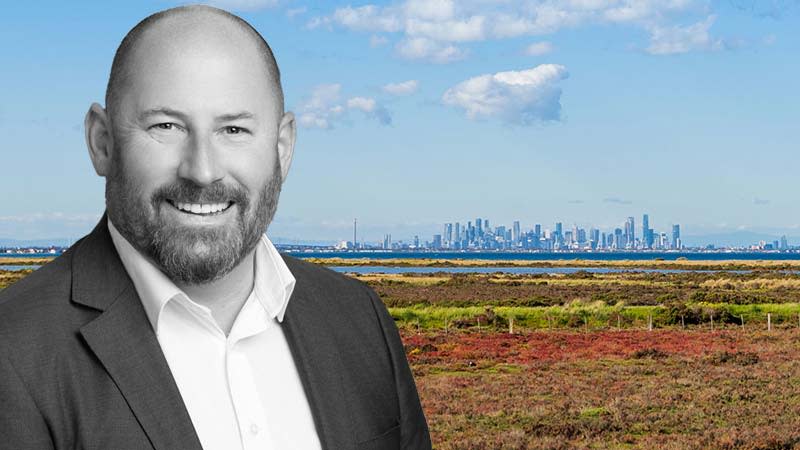Resources
Newsletter
Stay up to date and with the latest news, projects, deals and features.
Subscribe
Developers are using incentives to foster opportunity in Melbourne’s greenfield property market amid statewide affordability challenges.
According to the latest RPM Victorian Greenfield Market Report, land sales across Melbourne and Geelong’s growth areas increased by 1 per cent in the third quarter of 2024, totalling 2350 lots.
The Reserve Bank of Australia maintained the cash rate at 4.35 per cent, while Melbourne’s median house price remained steady at $916,000, representing a 1.4 per cent decline year-on-year.
Annual inflation fell to 2.81 per cent, marking the first time in three years it has reached the RBA’s target band of 2 to 3 per cent.
Amid these testing economic conditions, RPM director Luke Kelly said, property developers were responding to market conditions by offering incentives rather than reducing prices directly.
These incentives typically range between 5 per cent and 10 per cent off gross pricing, particularly for titled lots.
“Affordability remains a key factor, shaping buyer and developer actions,” Kelly said.
Melbourne’s median lot price remains at $391,800 before rebates and incentives, reflecting ongoing affordability challenges in the market.
Oliver Hume chief executive Julian Coppini said he believes “the [Victorian] market has reached its bottom or is very close to it”, but is also confident the sector is showing signs of recovery.
“We are seeing increasing evidence that Victoria is becoming more appealing to investors and builder groups, particularly as other Australian states have experienced significant and unprecedented rises in median house prices,” Coppini said.
Strong rental growth and Melbourne’s relative affordability is expected to support the market’s recovery, he said.

The Victorian Government has implemented a 10-year growth strategy targeting 180,000 new homes through 27 Precinct Structure Plans (PSPs), though timing concerns exist for major projects such as Clyde South in the Casey corridor, scheduled for completion between 2030 and 2033.
Developer confidence has been underscored by land acquisitions, including a $100-million purchase of 47.71ha at Bonnie Brook by 888 Property Group, and Resimax Group’s acquisition of more than 700ha of land across metropolitan Melbourne in deals valued at $8 billion.
RPM Group national strategy manager Tim Hyland said that “developers active in Melbourne’s greenfield sector are strategically expanding their land portfolios, anticipating future growth and the transformation of outer suburban areas into connected communities driven by significant infrastructure investments”.
The broader economic context shows an unemployment rate of 4.10 per cent, slightly below the RBA’s target of 4.5 per cent, while Victoria’s annual wage growth stands at 3.23 per cent.
The quarterly GDP growth has slowed to 0.2 per cent, reflecting decreased household consumption and home investment, with the savings ratio at 0.6 per cent.
Regional growth plans include PSPs for Ballarat, Shepparton, and Bannockburn, however specific timelines remain undefined.
“Timely approval and rollout are crucial to maintaining affordability and meeting the area’s housing demand,” Hyland said.
According to the report, the market anticipates potential interest rate cuts and continued government support through initiatives such as the Home Guarantee Scheme, which could stimulate market activity.
Kelly said the combination of more favourable inflation figures and tax cuts has begun to influence buyer sentiment positively.
“The data reveals a shift in sentiment, buoyed by easing inflation and stage 3 tax cuts, bringing a sense of cautious optimism to the market.”